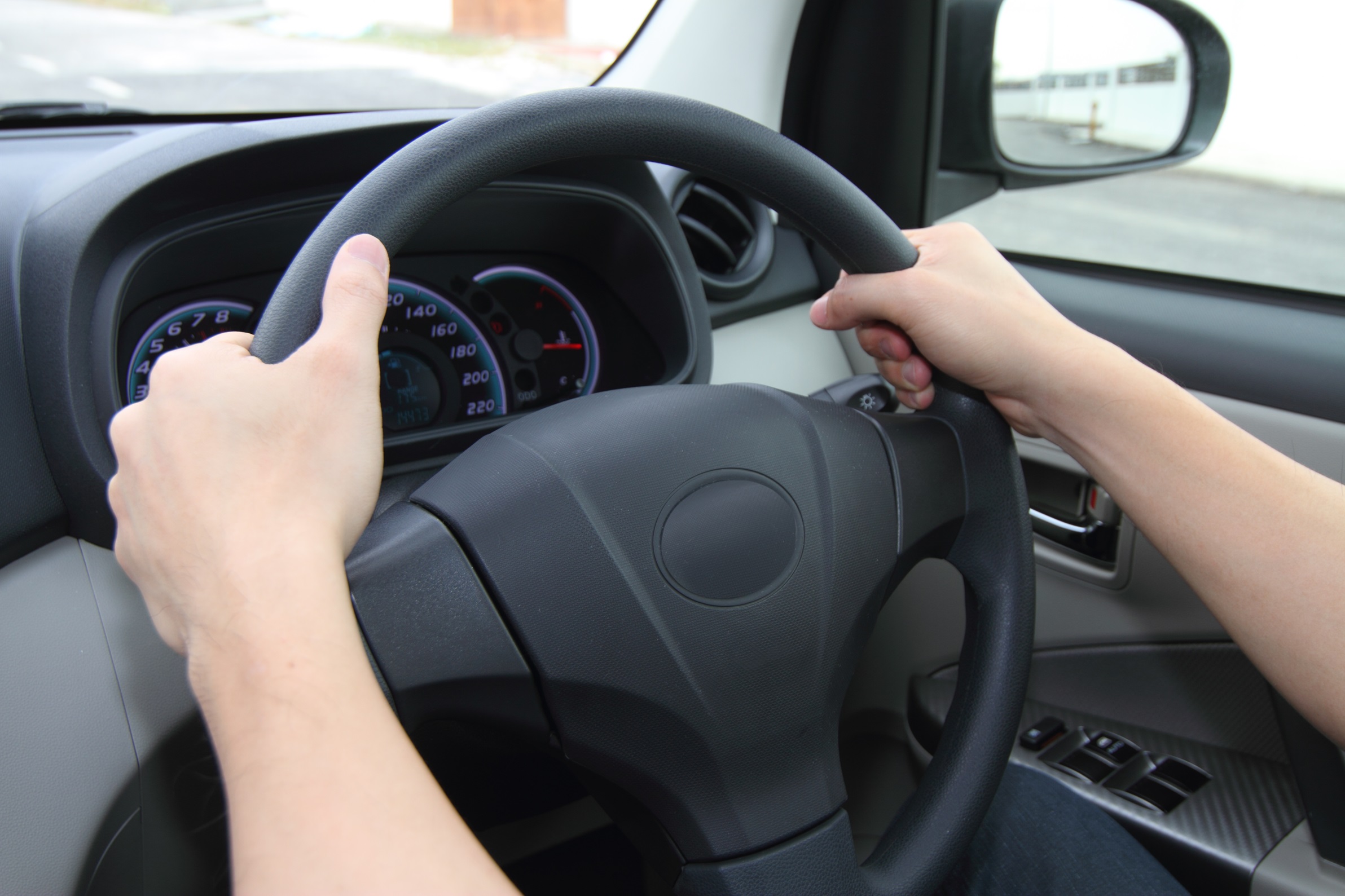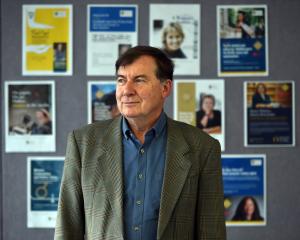
Young drivers are often given an unjustified bad rap by the rest of us. There are, of course, idiots on the roads who are too callow and reckless to be allowed in charge of a vehicle.
But there are idiots of all ages out there.
Many of the dangerous manoeuvrings which leave one gasping may just as likely be perpetrated by an impatient or indecisive motorist with 10, 20, or 50-plus years’ experience as one who has the sage words of their instructor still ringing in their ears.
Unfortunately, that doesn’t mean younger drivers as a group have a lower probability of a serious or fatal accident. According to the AA, people under 25 have the highest crash rates.
The association also says it is easier to get a full licence in New Zealand than in countries such as Australia and the United Kingdom.
Making it harder to get a full driver’s licence by having extra layers of testing to move between differently graded licences does not automatically produce better drivers.
As the AA and others point out, a more effective process would be to ensure hours of supervised practice ahead of the licence becoming full.
The trick to safe driving is being aware of everything going on around you.
That means not just what you can see through the windscreen or in your mirrors, but also what might possibly happen: Can I stop in time if that traffic light turns amber? What happens if that turning vehicle doesn’t stay in its own lane? Are those children about to kick their ball into the road?
This comes with experience, and we start driving defensively rather than twiddling with the heater vent, looking for that takeaway coffee to sip, and, heaven help us, checking the cellphone while driving.
The government has just announced a series of changes it wants to introduce to the driver-licensing system, the first since 2011.

He says almost 1 million adults do not have a full licence and nearly half have no licence at all.
The government is keen to get as many people driving as possible, to allow them to get to work and school, access healthcare and generally participate in society.
If adopted, the proposal would scrap the requirement that someone with a restricted licence has to sit another practical test when applying for their full licence, which costs close to $100.
Instead, drivers with a restricted licence will be able to progress automatically to their full one in 18 months if they have a clean driving record, or in 12 months if they undertake an advanced driving course.
As well as zero tolerance for any driving offences, the scheme also halves the current 100 demerit-point threshold for learner and restricted drivers to 50 points, at which their licences would be suspended.
There will also be a zero-alcohol requirement for learner and restricted drivers of any age.
Other ideas include reducing the frequency of eyesight tests and bringing in a hazard-perception test for those at the end of their learners’ licence.
While we have disagreed vehemently with the government on its crusade to increase speed limits on the spurious reasoning it will increase productivity and have no impact on road safety, we are very supportive of Mr Bishop’s proposals around licensing.
There is a good deal of common sense in the suggested changes and the extra measures to ensure started drivers stick to the rules or face the consequences are worth applauding.
If anything, we should reduce the demerit-point threshold for all drivers.
We also agree with the AA’s idea that the new system should include at least 60 hours of supervised practice.
Experience teaches us not just to drive for ourselves but also for everyone else on the road.











